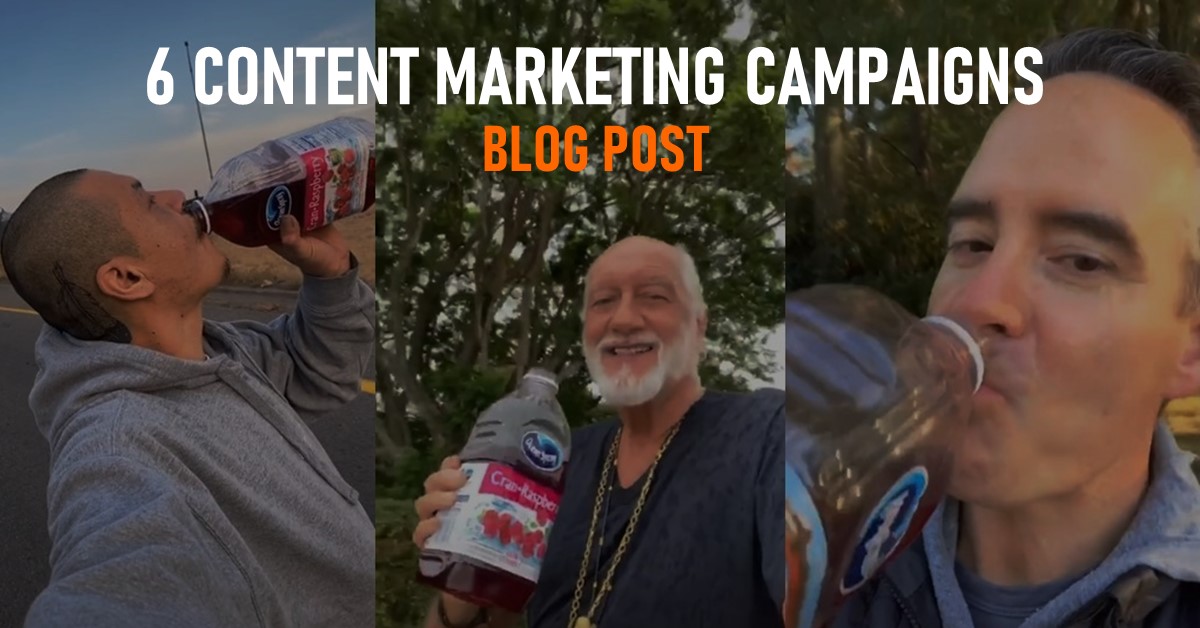The Best Blog Post Checklist
Blog posts should be an integral part of any content marketing strategy and this checklist will ensure that your company generates as much benefit as possible. The benefits of writing a blog are numerous;
- Demonstrate thought leadership
- Provide value to your customers
- Rank highly on relevant keywords
- Generates backlinks
- Drive traffic to your website.
By following this checklist, your company blog will be on its way to success.
Blog Post Types
Before you decide on your blog post topic, think about the type of blog post. Research has shown that these are the most successful types of blog posts.
-
- List-Based Post: List-based posts, aka “listicles,” are articles that deliver information in the form of a list, e.g. 7 Landing Page Best Practices
- Thought Leadership Post: Share firsthand knowledge with your audience, e.g. Should Your Company Be On TikTok?
- Curated Collection Post: Similar to listicles, this type of post makes a point by curating real-world examples e.g. 6 Content Marketing Campaigns for Inspiration
- Infographic Post: Visuals are a compelling method to drive an audience to your blog post, e.g. Whistle While You Work: Impact of Music on Productivity [Infographic]
- How-to Post: Provide detailed instructions on how to fix a common problem in your industry, e.g.
Idea Validation
How do you know that a blog post topic will be compelling and relevant for your audience?
There are many ways to check, including Google searches, keyword research, testing on social media, etc. Once you have defined the topic, choose a primary, relevant keyword and a couple of secondary keywords. The primary keyword should have sufficient traffic on search engines but not be so competitive that there is no chance to rank on the keyword. Write draft a headline with the target keyword and then ask yourself if this headline would be compelling for your target audience.
Provide Value
Blog posts should provide value to your audience. This is an opportunity to provide incredible insights, perspective or just to connect to dots. Validate your points with facts, statistics and research. Provide links to internal and external sources. Try to limit the promotional aspect of the post as that will potentially turn off the audience, reducing consumption and sharing. Blog posts can be as short as 300 words or as much as 2,000 or more. There is a ton of conflicting research about the optimal length of a blog post.
Content Choices
Blogs should be written by a person in an authentic style rather than the corporate voice of the rest of your website. The writing should be in the active voice and at roughly an eighth-grade reading level. Be very clear in the first sentence about the topic of your blog post. Reiterate in the first paragraph why the blog post is important and why the audience should keep reading. Keep the sentences less than 20 words each and paragraphs to less than 5-7 sentences. Use italics and bold to highlight key points. Repeat the summary of the blog post in the conclusion and give the reader a call to action. Proofread the post and have another person read it if possible. Keep it simple.
Super SEO
SEO is one of the primary benefits of writing blog posts so take the time to do it correctly. You can start by optimizing the post for SEO by using the primary keyword in the blog title, the first sentence, the meta description and a couple of the subheadings. Use the primary keyword in the blog content approximately once for about every 100-150 words. Optimize any images on the post using primary and secondary keywords. The backlinks generated by a blog post can generate traffic to your website months or even years later. Research has shown that blogs typically get an initial spike of viewership over the first week, steady traffic over the first month and can get an additional 25% of traffic over the next two years.
Share With Abandon
Provide sharing links in the post. Share the blog post with your company and personal social media channels. Share the blog post with your friends and colleagues.
Monitor metrics
Monitor traffic statistics to gauge performance. Make edits or add additional content to the blog post if the performance is not meeting expectations. A little secret is that by making edits to a blog post months or years later, you change the modification date for search engines which increases traffic and reduces the bounce rate.
Conclusion
Blog posts can be a compelling benefit for your company. Follow these recommendations to drive as much success. Please share your thoughts about this checklist in the comments.
Please click here to learn more about our content marketing services or contact us if you need guidance with your blog post checklist or want us to write blog posts for your company.






